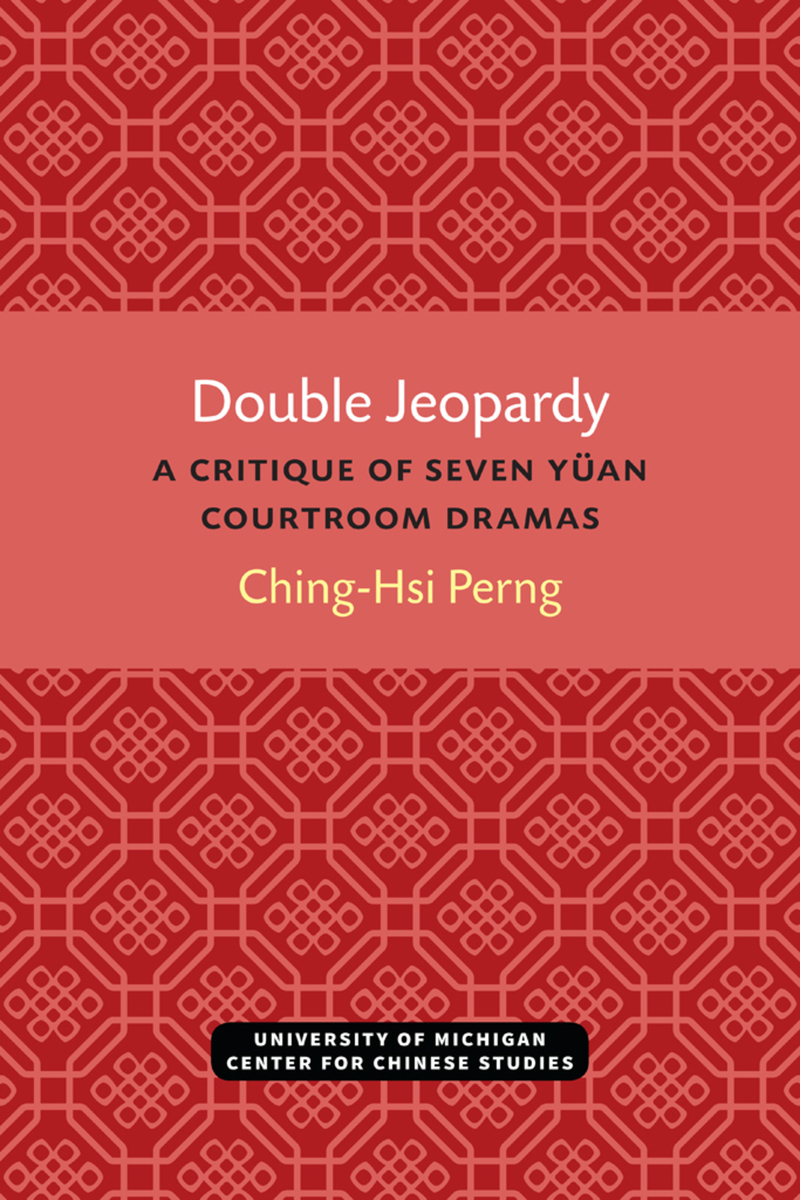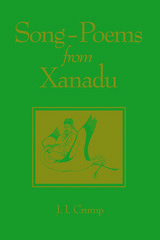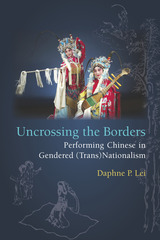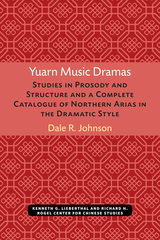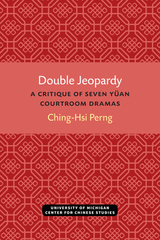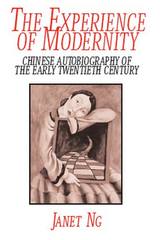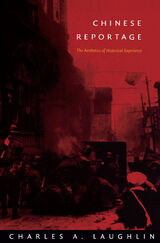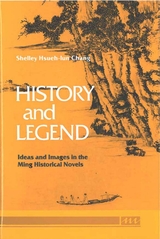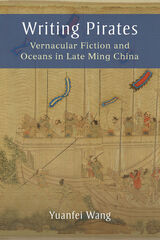Double Jeopardy: A Critique of Seven Yüan Courtroom Dramas
University of Michigan Press, 1978
eISBN: 978-0-472-12737-5 | Cloth: 978-0-89264-035-5 | Paper: 978-0-472-03799-5
Library of Congress Classification PL2384.P4
Dewey Decimal Classification 895.124093
eISBN: 978-0-472-12737-5 | Cloth: 978-0-89264-035-5 | Paper: 978-0-472-03799-5
Library of Congress Classification PL2384.P4
Dewey Decimal Classification 895.124093
ABOUT THIS BOOK | AUTHOR BIOGRAPHY | TOC | REQUEST ACCESSIBLE FILE
ABOUT THIS BOOK
Traditionally, criticism of plays from the Yüan Dynasty (1260–1368) has been dominated by the so-called poetic and socialist schools. Double Jeopardy instead rigorously evaluates a group of plays by aesthetic criteria generated from within the works themselves. It examines seven courtroom plays with special attention to language and the manipulation of dramatic characters—undoubtedly the most reliable indicators of the playwright’s strength and craftsmanship in such a stylized art form as Yüan tsa-chü drama.
The analytical method adopted in Double Jeopardy is textual explication of the conventions of genre and the individual characteristics of each play. The innovation and creative vitality of each playwright emerges through close scrutiny of selected conventional aspects of courtroom dramas: the functions and placement patterns of lyric, verse, and prose as well as the custom of a single singing role and its implication for the presentation of dramatis personae.
Because Yüan drama is driven by conventions, Perng demonstrates a method that can be applied not just to judgment reversal plays but to Yüan dramatic criticism as a whole. In pursuing a method of textual explication, Perng provides a basis on which a larger framework of criticism of Yüan drama may be built.
See other books on: Chinese drama | Critique | Double Jeopardy | Legal drama, Chinese | Yüan dynasty, 1260-1368
See other titles from University of Michigan Press
